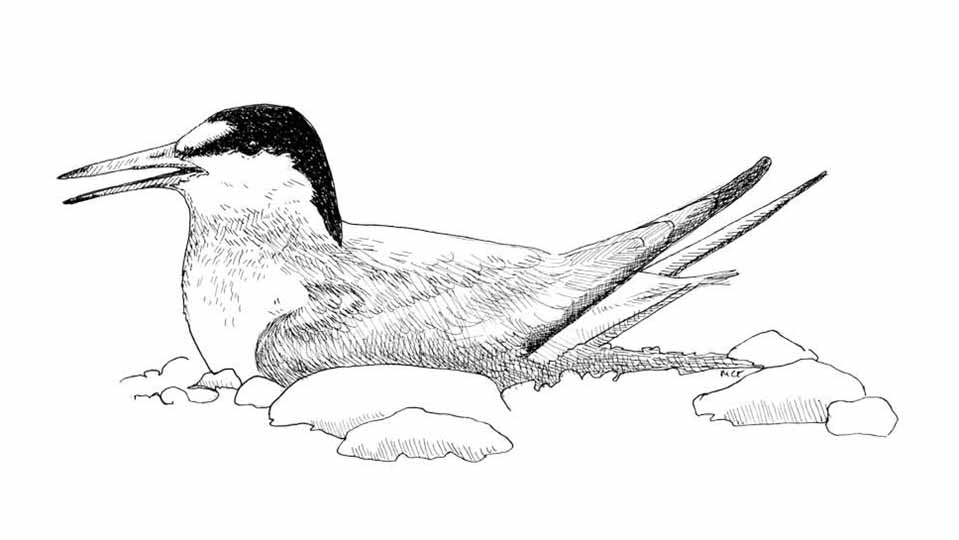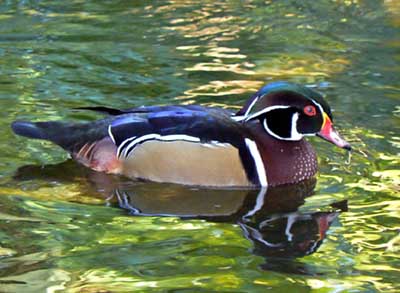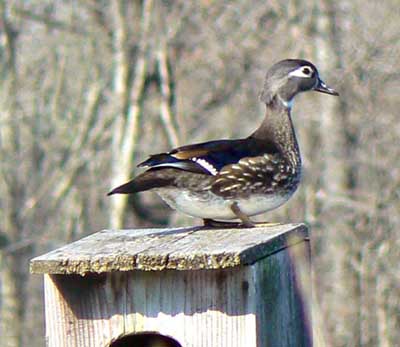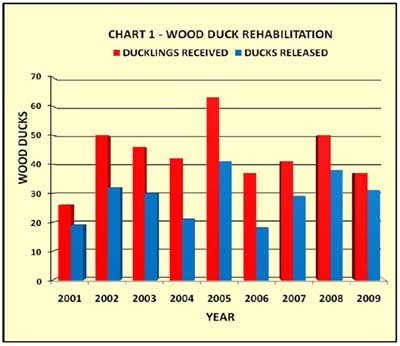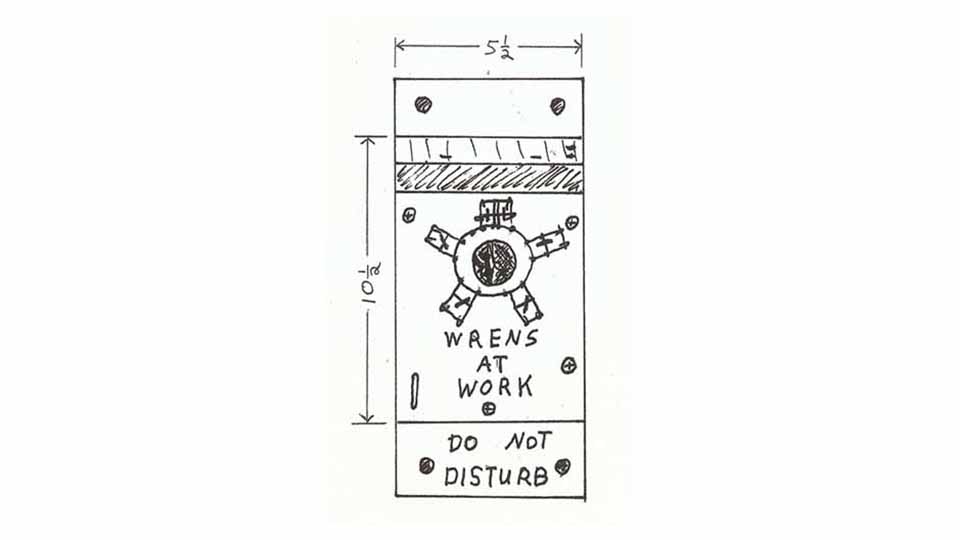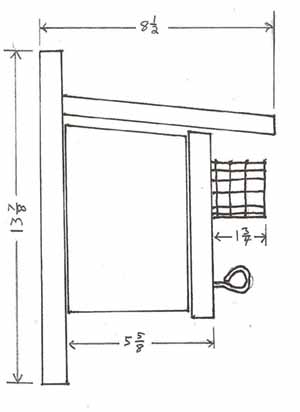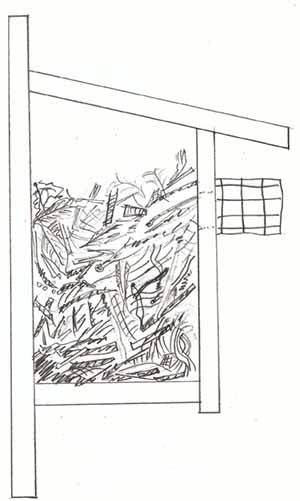Least Terns by Megan Gavin
Oyster Bay, Long Island — 6/23/2014
10:35 am — A Northern Mockingbird repeatedly opened and closed its wings while foraging on the dune behind the Least Tern nest, a shallow scrape in the beach sand and pebble near Oyster Bay, Long Island. One of the terns had made several menacing in flight passes the day before when I walked too close to the nest.
Heat rising from the sand distorted the dune grass. The parent on the nest gaped and changed orientation roughly every five minutes. Voices of golfers from the abutting course carried on a weak breeze. Within a half hour, two separate groups of men in pastel-colored shorts had searched the dunes for errant golf balls within 15 feet of the nest. A local Audubon representative in an email had promised to notify the DEC, which would later erect a protective enclosure. For now, the two speckled eggs were nearly invisible in the small depression when the parent rose up to harry the golfers.
11:11 am — A shift change. One tern alighted on the sand and settled on the nest. The other, relieved from duty, flew to the east. I walked to the west, towards home.



